The term "seabird" encompasses any bird species that spends a substantial part of its life in a marine environment, foraging and breeding. Birds within this class generally have a longer life span, breed later, and produce fewer young than other birds. Many seabird species are highly migratory, with some known to travel over 40,000 miles each year. Coastal birds live in coastal habitats and vary in feeding and nesting behaviors. Shorebirds are a subset of coastal birds that use marine and/or freshwater edge habitat for feeding, breeding, and nesting. Waterfowl inhabit freshwater and saltwater environments and spend much of their lives on the water’s surface. The birds that visit and reside in the National Marine Sanctuary System connect our country's ocean, Great Lakes, and coasts.
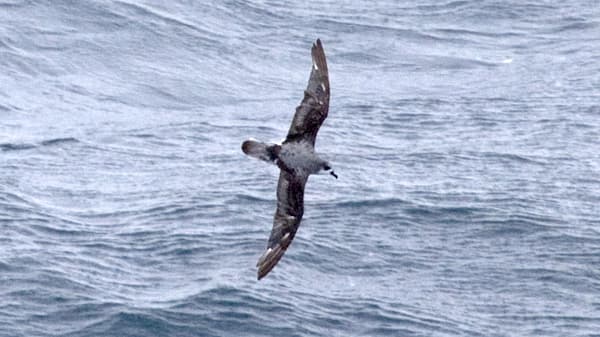
The birds that visit and reside in the National Marine Sanctuary System connect our country's ocean, Great Lakes, and coasts. From sea to shining sea, join us on this interactive tour of birds in our nation's ocean parks.

Some species of albatross travel between the food rich-waters of Cordell Bank National Marine Sanctuary in California and the perfect breeding climate of Papahānaumokuākea Marine National Monument in Hawai`i. As they traverse vast oceanic regions searching for floating food, many albatrosses ingest plastic trash, which can harm or even kill them. This curriculum teaches students to use real data to track albatross travels and to identify human-caused threats such as ocean plastic pollution, and how to reduce these threats.
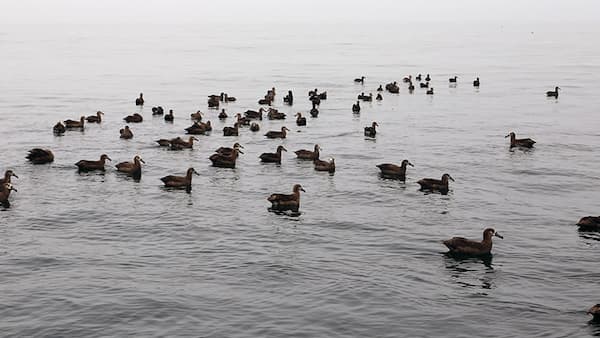
Cordell Bank National Marine Sanctuary protects an area of 1,286 square miles in one of the most productive offshore regions in North America! At least 75 species of seabirds have been observed throughout the sanctuary. Click through to see and learn about some of the most common species that visit the sanctuary.
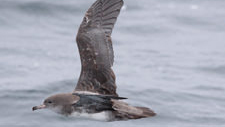
The fertile waters of the sanctuary are globally important to a variety of seabirds. Most are seasonal visitors and undertake long, annual migrations to reach Monterey Bay's rich feeding grounds, arriving here in the winter from Chile, New Zealand, Mexico, Hawaii or Alaska.
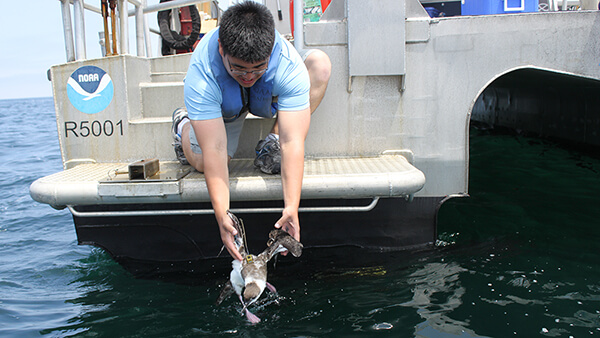
Seabirds provide early indications of the banks' bounty or ecosystem health. Since 2013, a sanctuary research team has been tagging great shearwaters with satellite tags to follow their movements in and around the sanctuary and out into the wider Gulf of Maine.
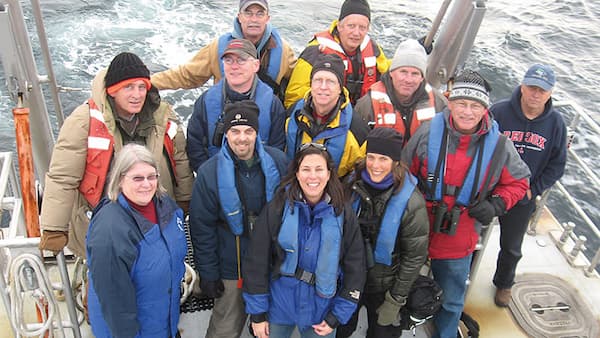
Since 2011, a devoted community of birders has helped pioneer a year-round, systematic seabird survey in the wildlife-rich waters of Stellwagen Bank National Marine Sanctuary. Their efforts have helped reveal previously unknown details about these avian world-travelers and how they can serve as barometers of change in the marine environment.
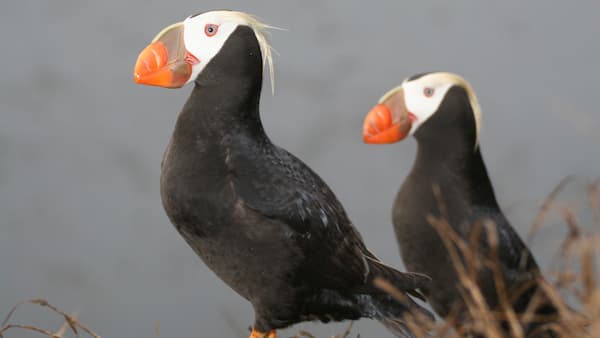
Olympic Coast National Marine Sanctuary is used by more than 100 different species of marine birds and shorebirds. Many of the birds that are here in significant numbers in the summer time are actually not local breeders.
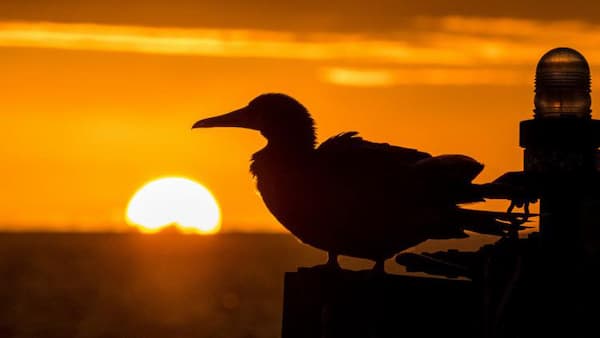
Seabirds are a vital part of marine ecosystems and valuable indicators of ecosystem health. Most of the 312 species of seabirds are protected by the Migratory Bird Treaty Act and some are endangered or threatened under the Endangered Species Act.
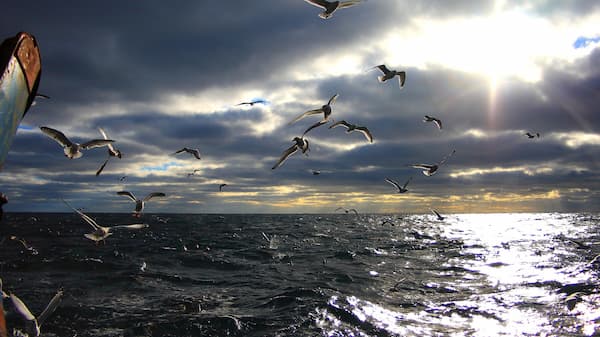
Seabirds live in a variety of habitats in and around shallow water and coastal environments. They represent an important part of the marine environment or food web and are protected under the Migratory Bird Treaty Act. Depending on the geographic region, and how far offshore you are fishing, fishermen in the United States can see species of pelicans, gulls, terns, cormorants, loons, shearwaters, storm-petrels, gannets, puffins, and albatross, among others.
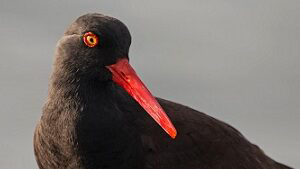
When people, boats, or aircrafts get too close, seabirds flee, endangering newborn chicks who may be left behind. Working directly with stakeholders, the Seabird Protection Network has significantly reduced boat and aircraft disturbances to key seabird colonies along the North-central California coast, helping seabirds and other marine animals thrive.
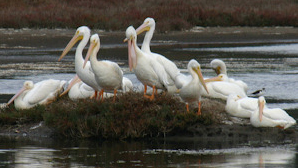
The SIMoN Species Database contains natural history information on a subset of the more commonly seen plants and animals that live in or seasonally travel through the sanctuaries along the coast of California. Use the search options above to find bird species of interest.